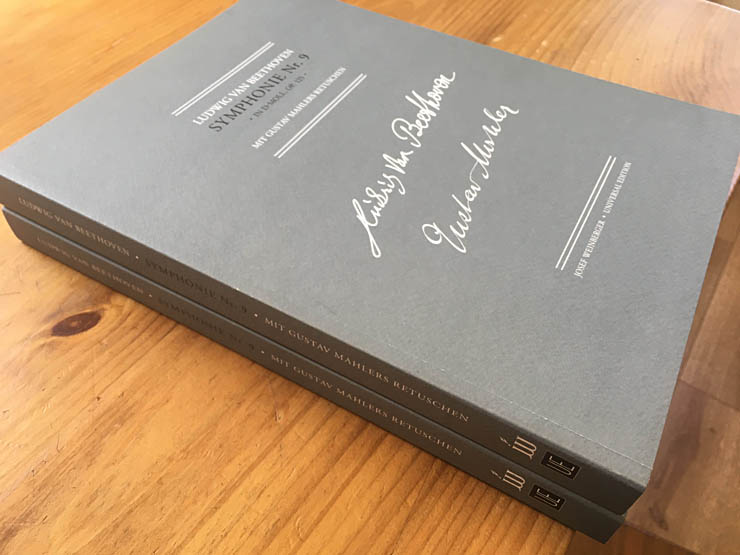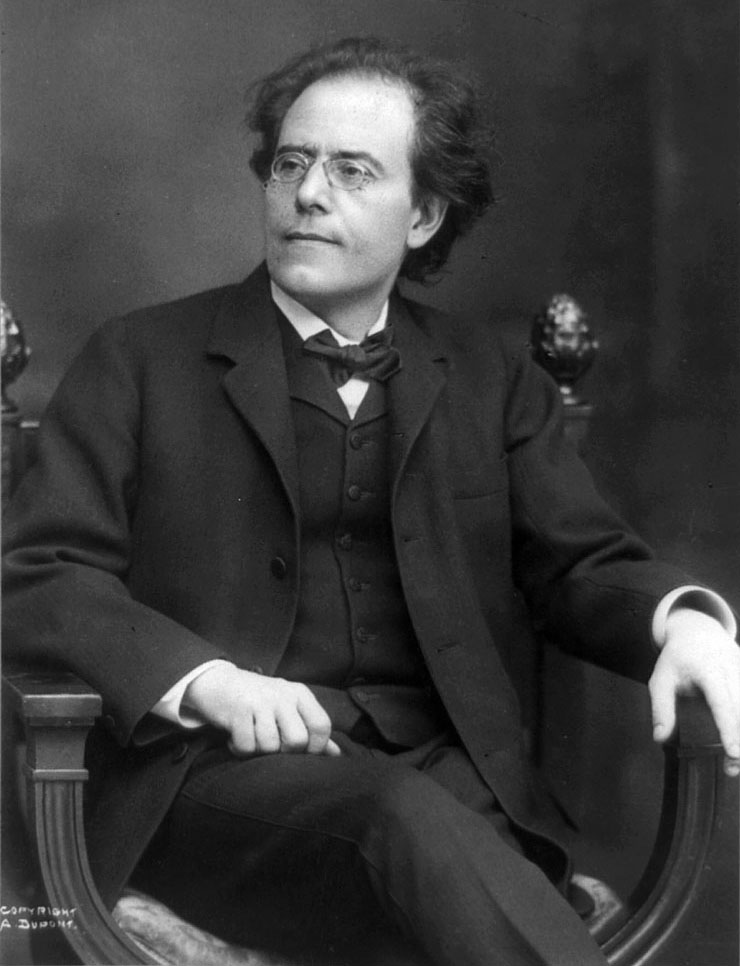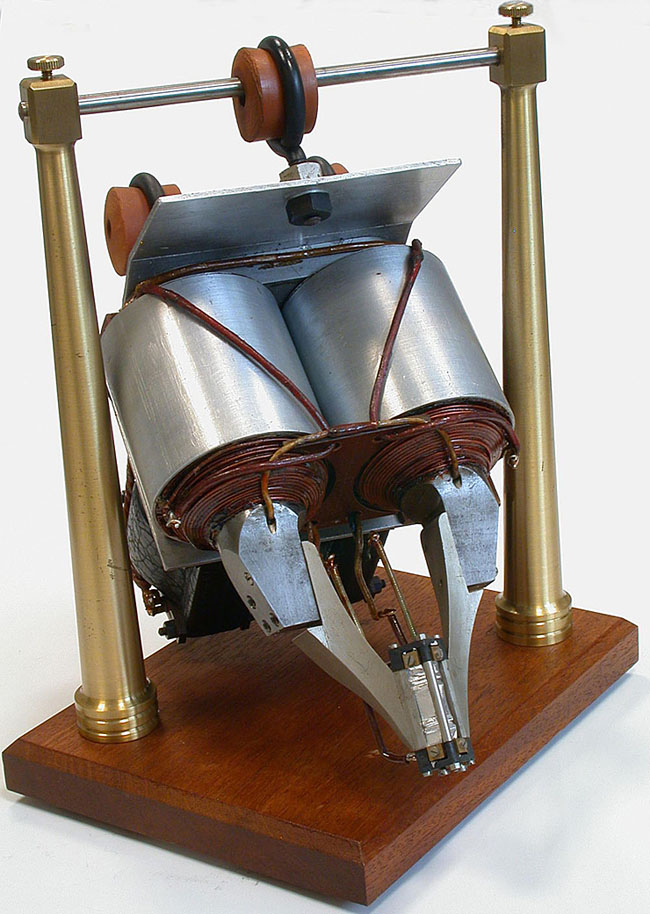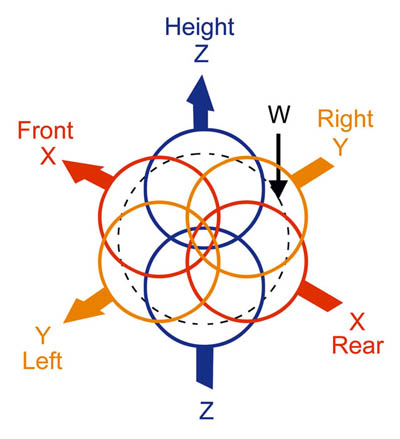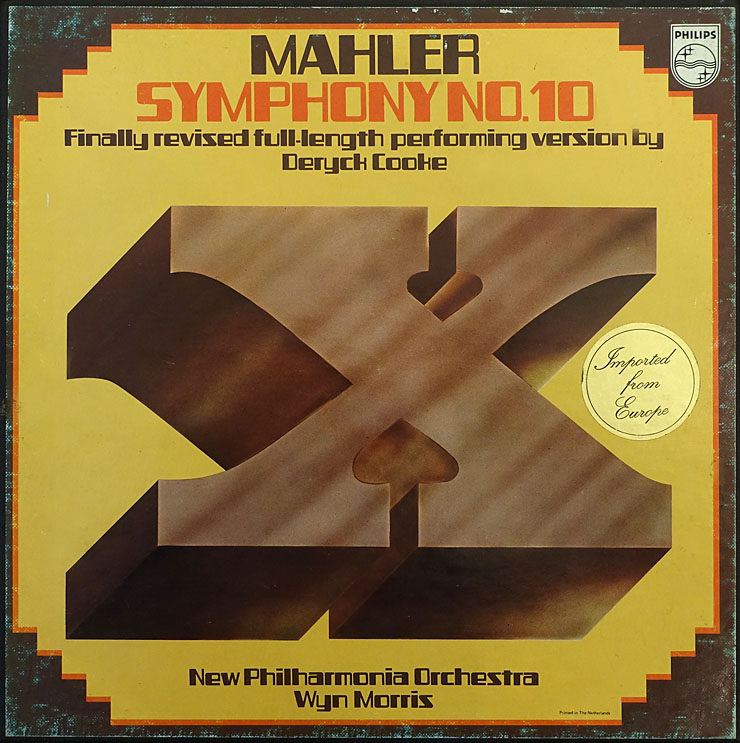Gustav Mahler conducted Beethoven’s Ninth Symphony on ten occasions: in Prague, Hamburg, Vienna, Strassburg and New York. For the last seven of these performances he prepared and used his own score and orchestral parts. I have transcribed and edited these materials...
A Ripping Yarn
Converting CDs to WAV files (Part 2)
Pre-emphasis and the CD
The pre-emphasis of the high frequencies in the music on CDs is similar to the pre-emphasis that is used in the old analog media. It is applied to the recording before trnasfer to the CD and consists of an increase in the treble frequencies, starting around 500 Hz (+0.1dB) and rising gradually to a level of 9.5 dB at 20 kHz (see graph and table in Part 3). The difference between music that has been pre-emphasised in this way, without the corresponding de-emphasis, and music that has not been pre-emphasised is quite audible, though in varying degrees depending upon the style of the music and the instruments playing, and sounds similar to playing a Dolby-B cassette with the Dolby playback turned off.
When pre-emphasis is employed, the official standard demands a signal on the CD indicating this. But as generating this signal and feeding it into the datastream is a separate operation from actually applying the pre-emphasis, it is by no means certain that all CDs that are pre-emphasised have one, and there may be CDs that have the signal without pre-emphasis. There is no automatic check for such potential discrepancies. See here.
Sub-codes
In addition to the music samples, the datastream of an audio CD has what are called subcodes. There are eight of these, but only two are actually used for audio CDs. These codes are chopped up, interleaved with the music data and repeated 75 times a second so that they can be recovered by the player without errors. The codes contain the time information and the track numbers that are used by the CD player to find the music you want to play, and to show this information on its display. The Q code also contains a "flag" that is either "up" or "down" (in digital terms "1" or "0") to indicate that pre-emphasis has been used, or not. In addition to their presence in the datastream during the tracks, the subcodes are also a feature of the "lead-in", which is what the player looks at when you insert the CD. The first thing that the player does is to read this lead-in or Table of Contents (TOC) for information about the number and position of tracks on the CD. This is what is happening while you are anxiously waiting to start listening to the music, and the more tracks there are on the CD the longer it takes to read the TOC. Pre-emphasis can only be turned on or off between tracks: when the player detects that the flag is "up", it engages a part of the circuit that does the de-emphasis.
CDs with Incomplete Subcode Data
As required by the Red Book standard, most CDs that use pre-emphasis advertise the fact to the player by the raised flag, both during the track and in the TOC. My CBS CDs all do this, but I have come across CDs that raise the flag only during the tracks and not in the TOC. Playing these CDs in a normal player is not a problem, as players do not rely on the TOC flag and actually use the track flag embedded in the music to switch the de-emphasis network. (I am assuming that all CD players are able to detect and correct pre-emphasis, though it has been suggested by others that this is not so.) But when these CDs are loaded into the current version of the three ripping programs I have investigated, they are dealt with differently by each program.
The six CD recordings that I have with this problem were all mastered by Denon in Japan around 1985.
Three of them are music CDs:
33C37–7546: Schubert String Quartets
33C37–7546: Schubert String Quartets
33C37–7601: Schubert String Quintet
60CO–1566/7: Mahler Symphonies 9 & 10 (Adagio)
Three of them are Test CDs:
HFN003: HiFi News and Record Review Test Disc
In the accompanying booklet, only Track 54 is listed as having pre-emphasis, but actually, Tracks 1–14 (all the music tracks) have pre-emphasis also.
PG–6006: Anechoic Orchestral Music Recording
Tracks 1–44 (the music tracks) of this CD have pre-emphasis.
In addition the NAB Broadcast and Audio System Test CD uses the same announcements to identify left and right channels as those used on HFN003, with the same pre-emphasis. The remainder of the tracks — the important ones — have no pre-emphasis.
Apart from HFN003, the test CDs are not widely used by music lovers, but there are undoubtedly other Denon CDs, and perhaps some made by other manufacturers, that present this problem of identifying the presence of the pre-emphasis flag when ripped.
Rev. 3 Dec 2018

